REDSTONE ARESENAL, Ala. - After four long days of testing highs and lows, a Texas Tech University team of students, research associates, and professors met their objective of demonstrating high-power microwave generation with an explosive-driven compact system outside the laboratory.
The April 16 success was a result of the combined efforts of Texas Tech University, the U.S. Army Space and Missile Defense Command/Army Forces Strategic Command supported by the Aviation and Missile Research, Development, and Engineering Center at Redstone Arsenal Test Area 10 engineers and staff.
"Our main objective is to train students in working with explosive pulsed power, high-power microwaves, and high-voltage engineering," according to Dr. Larry Altgilbers, general engineer at the Space and Missile Defense Technical Center and project lead for USASMDC/ARSTRAT. "This is the only university in the U.S. providing such training. This is a research tool for academic prototyping and engineering education. There is not a concept for deployment because it is for education and research. The application is 'learning by students'.
"They were asked to make this system autonomous; that is, no external power supply and to make it a length no greater than 1.5 meter and a diameter no greater than 15 cm. The Flux Compression Generator is a device that converts the chemical energy into electrical energy which is used to power the microwave tube," said Altgilbers.
According to Altgilbers, the next step for this device will be to improve and miniaturize the various components, improve impedance matching, and address repeatability issues.
The target for the test' A set of simple antennas a few meters away to measure microwave output at various distances to measure both near and far field microwave output. There was no target destruction "down range," no electronic melt down or visual effects of any type.
But this is more than another test "down range" at Redstone Arsenal, this is part of a Small Business Innovative Research contract the USASMDC/ARSTRAT has with Texas Tech University. There are government objectives that run deeper than just testing; there is student research and training involved.
James Claude Dickens, professor of electrical and computer engineering at Texas Tech University, was one of the team leaders for the trip to Redstone Arsenal.
"The objectives for the students are to train them in the design and application of compact explosive-driven pulsed power," Dickens explained. "This is expected to prepare them to perform under realistic work conditions away from the more familiar lab environment.
"The program is important to the university and to the students because the Center for Pulsed Power and Power Electronics is the only place in the U.S. where students can learn at a university the set of skills needed for compact explosive-pulsed power," Dickens continued. "The funding in this program enables attracting bright U.S. citizen students into the fields of electrical and explosives engineering, which are uniquely combined at Texas Tech University in the explosive pulsed power research."
The Texas Tech team consisted of two students, two research associates, and two professors who traveled to Redstone Arsenal for the testing. There are eight students in the overall Texas Tech program.
It took the team several months of testing at Texas Tech before coming to Redstone Arsenal for the current set of tests, some of them driving with a trailer of equipment almost 1,000 miles from Lubbock, Texas, to Redstone Arsenal. For all system components to work it took the team roughly two years to design and produce a device for lab testing. For the integrated system to have some initial output it took six months out of the two years.
"Team members each had certain responsibilities that were assigned by the principle investigators as the program went along," said Dickens. "The students were carefully picked for the task. Not everyone is capable of dealing with the true one-shot nature of explosive devices. New students were put on new tasks as they emerged in the program. Over time, each student developed his own small area of expertise."
Next for the team will be refinement of the system components and the integrated design for higher power output. For instance, some of the sub systems can be easily shrunk by a factor of two, which will be done as soon as the team understands in full detail how the components have an impact on each other, or the shelf life of the microwave source is being extended.
When they are finished with their studies and work at Texas Tech University, the students will have employment opportunities at national or Department of Defense laboratories and/or their contractors.
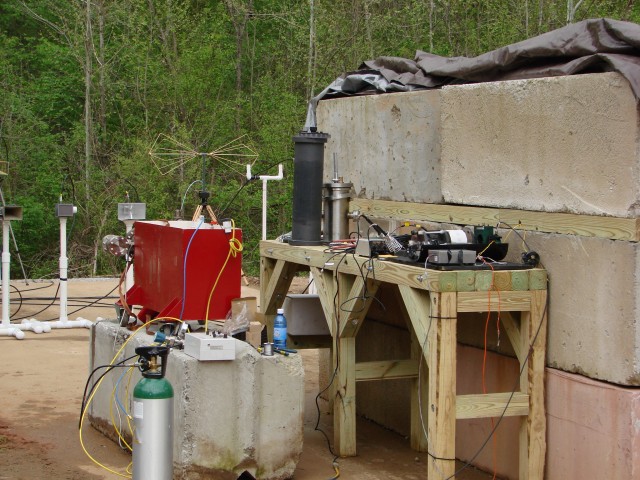


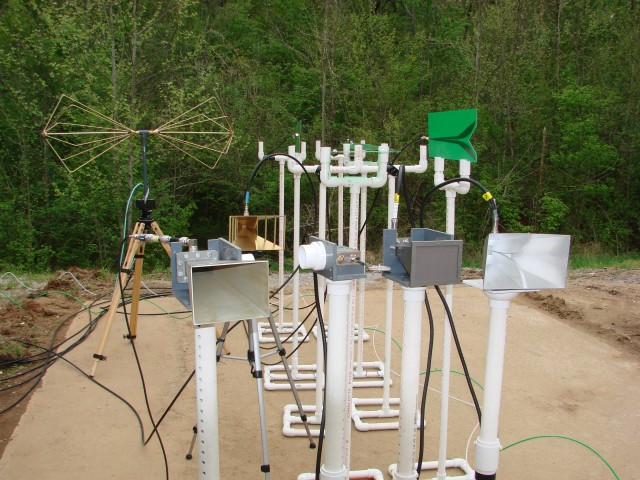
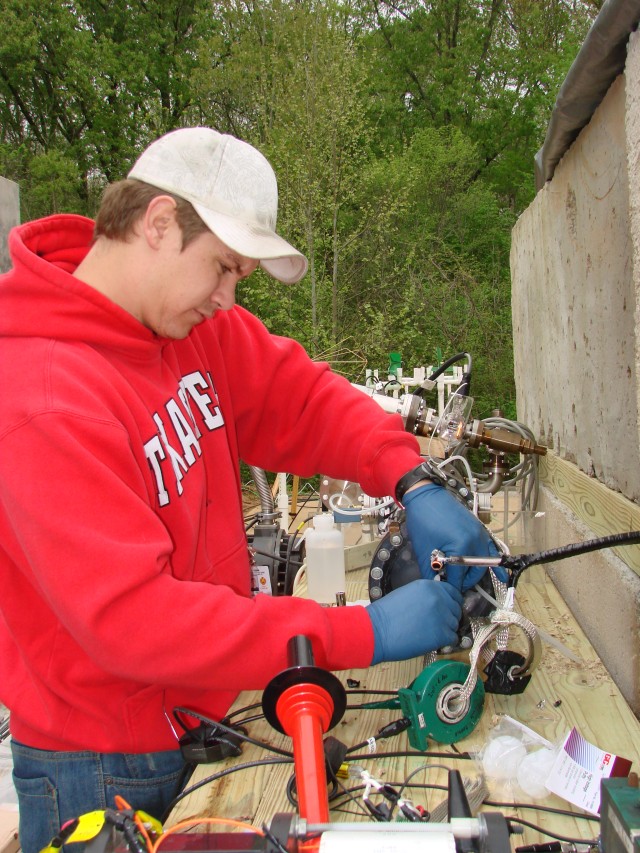
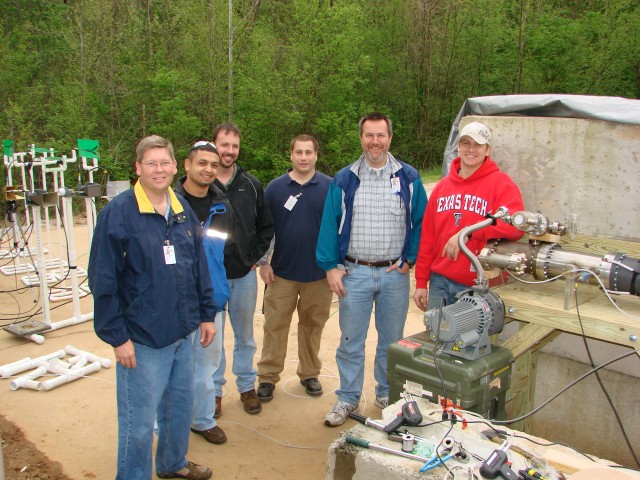






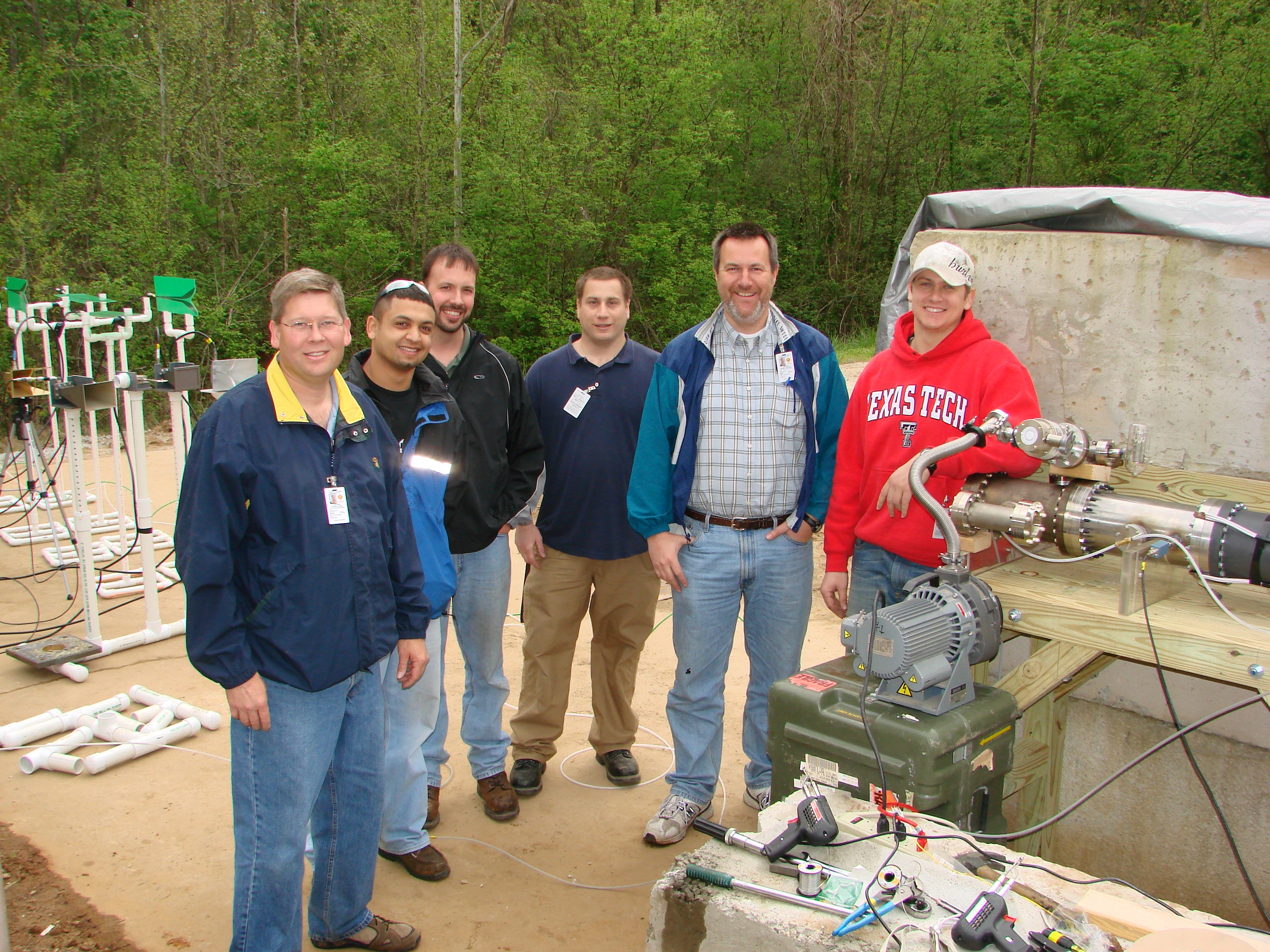
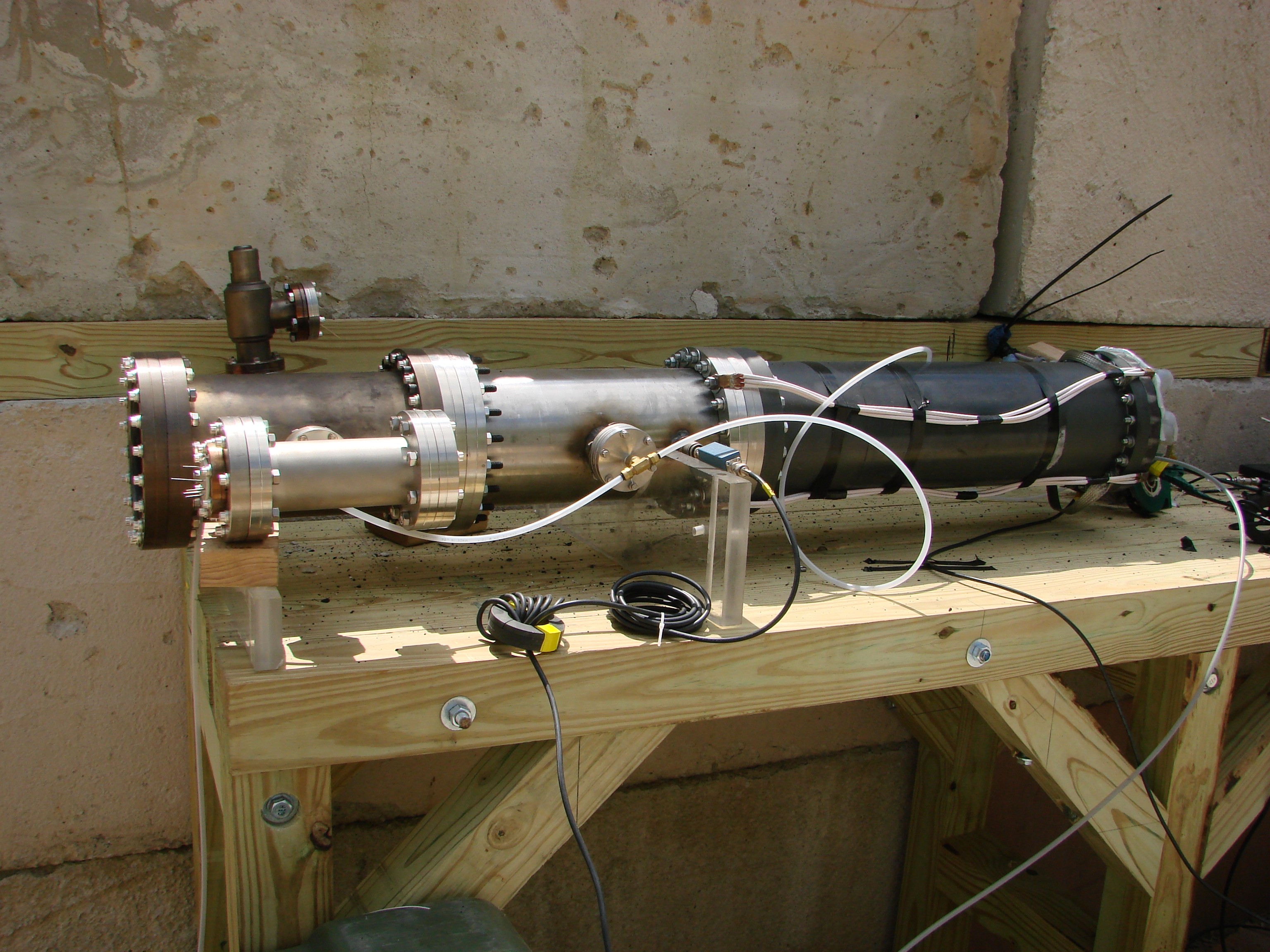
Social Sharing